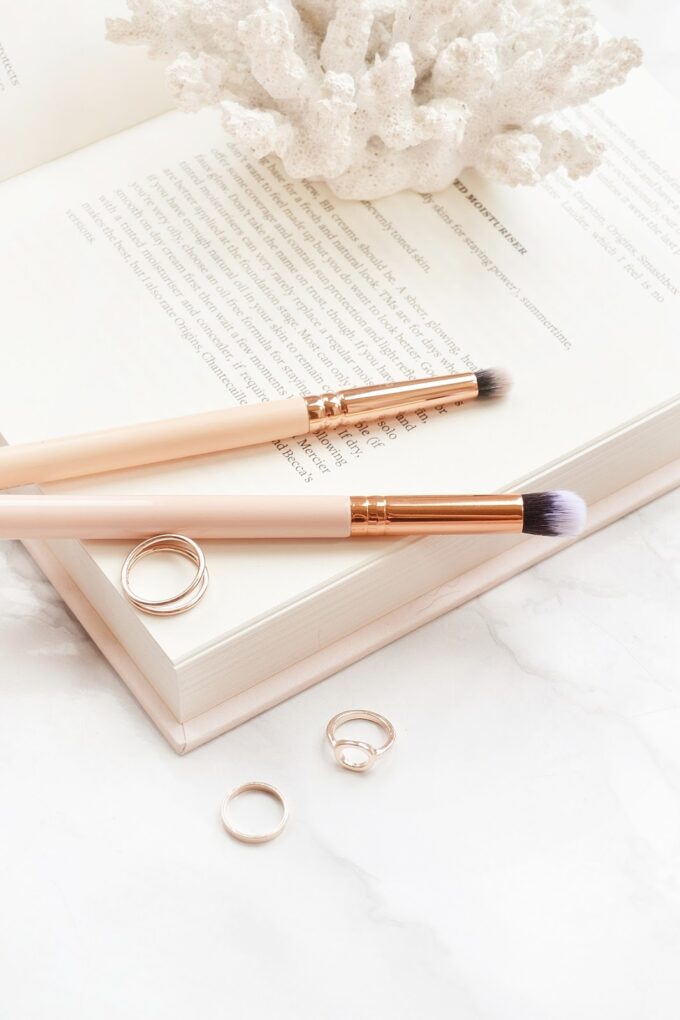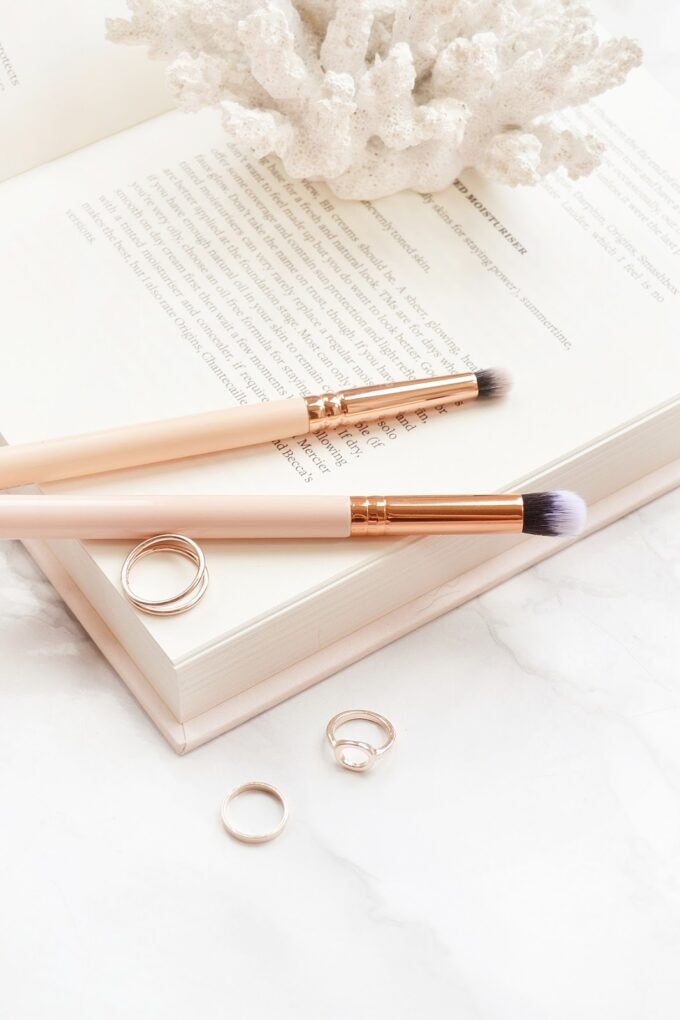I came across an article a while ago that I found to be very comprehensive when it comes to comparing what it’s like for your skin to purge and to break out. For beauty bloggers and product testers out there, knowing and understanding these differences are important – you want to keep your skin in tip top shape and provide a thorough, well-rounded review of that product without your skin’s biases. If you are someone who automatically disregard a product because you “break-out” or get acnes a few days after using I encourage you to read the following.
Purging is only possible if you are using products with active exfoliants, such as AHAs, BHAs, scrubs, peels, or retinoids. Why? Because exfoliation causes your skin to push the blockages inside of it out to the surface. Therefore, you can’t really “purge” from using a new moisturizer or new sunscreen. If you feel like you are “purging” after using a new moisturizer (or new product without any actives), you are probably just breaking out from the product.

What is purging?
Purging is defined as a worsening of your current skin condition. That means if you have clogged pores, they may turn into red pimples and active acne. If you have small pimples, they may turn into nastier, bigger ones. This initial breakout generally subsides anywhere from 2 weeks (with BHAs) to 6 weeks (with retinoids) and your skin gets better from there on.
However, if your breakouts last longer than 3 months, the new acne you are getting is probably not from purging. With purging, your symptoms get worse and then get better. If they get worse and stay worse, that is not purging. And if it’s not purging, then you need to consider switching to a different product.
Purging vs. Breaking out
If you use a new product and start breaking out in places you normally don’t break out, then you are probably not purging. For instance, if your forehead is normally clear but you start getting acne there after using a new glycolic acid scrub and the breakouts don’t subside after a few weeks, you are probably breaking out from the product. It is possible to break out in new areas of your face during the purging process, but if these breakouts continue for a long time without improvement, then you are just breaking out and should discontinue product usage.
Purging vs. Allergic reaction
If you start getting tiny red bumps and/or itchiness, then those are probably signs of allergy or irritation. Allergic reactions to products will usually go away with hydrocortisone cream, so if you use hydrocortisone and you still have bumps in places you normally don’t break out after a few days, then it’s probably the product that is breaking you out.
Purging vs. Irritation
How can you distinguish between initial purging and irritation? After all, even when you are purging, your skin is probably red because pimples that form are red, right? Well, irritation usually makes your skin feel hot, prickly, and sensitive. For example, if your skin stings when you wash your face with your regular cleanser or use your normal products, your skin is probably irritated.
To tell if your skin is irritated or purging, you can stop using the treatment product for a few days. If your skin feels calmer after taking a break, then your skin was probably irritated. If your skin is the same after not using the product for awhile (you might have to take a break for a couple of weeks), you either didn’t take a long enough break or you really are purging or breaking out (purging = shorter time, breaking out = longer time).
People often irritate their skin by exfoliating too much, causing the natural skin barrier to be disrupted and grow vulnerable to bacteria. Stripping your skin and over-exfoliating are ways to self-induce acne and is why some people see their skin clear up after doing “nothing” for awhile. You also don’t have to use an acne treatment every single day in order for it to work. Treatments can be effective even if you aren’t being aggressive with your skin.
When should you stop using a new product?
It’s hard to tell when you should give up on a product because you never really know how long any initial purging will last (if you are indeed purging). I usually give a new product 3 months, but expect to see some very slight improvement after 3-4 weeks. If I am still breaking out after 3 months (or if I don’t see any sort of improvement after 3 weeks), I switch to something else. Three months is enough time for your skin to renew itself and push the would-be pimples out of your pores. And if it’s not doing that, then it’s just not working.
Conclusion
There isn’t a definitive way to tell if you are purging, breaking out, having an allergic reaction, or experiencing irritation, but the above points will hopefully help you figure things out a bit better. A rule of thumb is, if you feel like you’ve been “purging” forever, you are probably just breaking out.
Source:Sephora Beauty Talk Forum.
Did you find this post helpful? As always, I’d love to hear your thoughts! Share with me comment section or through Twitter or Instagram!
Is that true!? I’ve never heard of that before, but that’s crazy! I’ve always been a little hesitant to believe a lot of the things that I’ve heard from skincare companies,but that’s such an eye-opener! Thanks for sharing Jenny!
this is a very helpful article! so many information about skin problems, thank you for sharing this!
You’re very welcome!
This was super helpful, especially for someone with sensitive, acne-prone skin like mine! xo
Great to hear that Jen!
I just got back from holiday and while my skin was perfectly clear there I am now breaking out like crazy >:-( I wonder what the cause is.


I was reading about purging when I was researching the clarisonic mia brush, but some reviews said that purging was a marketing gimmick that cosmetic companies came up with, and that there’s really no such thing in dermatology as purging. Of course I have no idea how credible these reviews are, but it does make me wonder ????